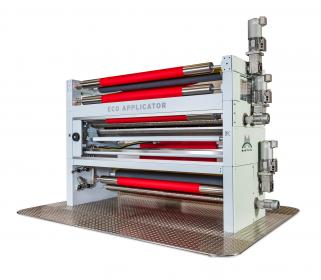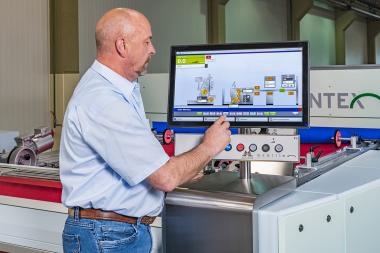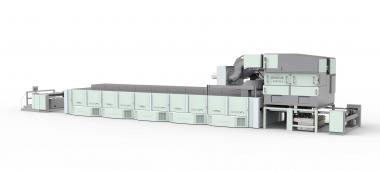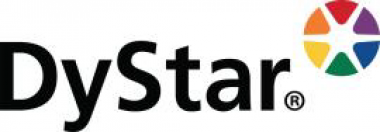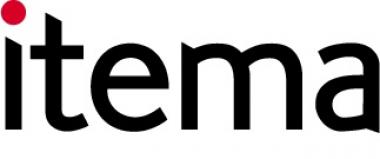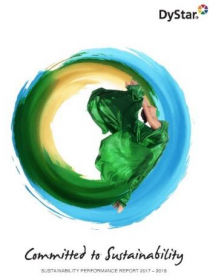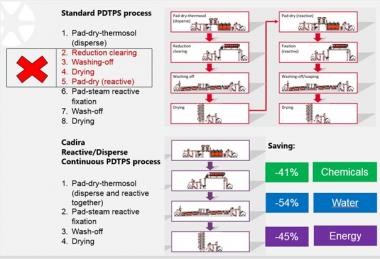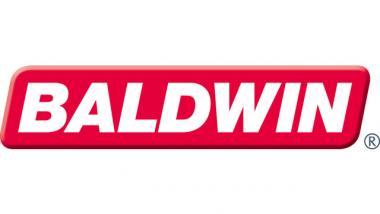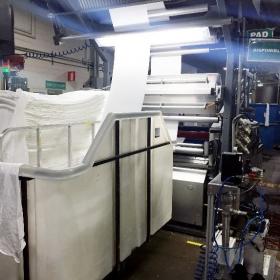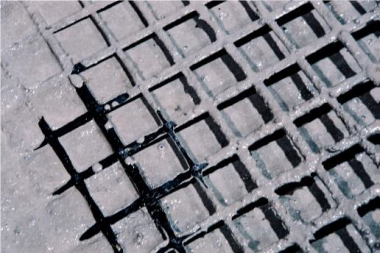Further benefits and savings with the new Monforts MonforClean
A. Monforts Textilmaschinen GmbH & Co. KG presented an energy-optimised new version of its industry-leading Montex stenter for the first time at ITMA 2019 in Barcelona from June 20-26th.
With the introduction of the new MonforClean exhaust air treatment system and other unique process innovations, Monforts has been able to further reduce the energy consumption of Montex stenters by a further 13%.
Exhaust air treatment on stenter frames has posed particular challenges over the years, since the air can contain significant amounts of oil, fibre and even wax particles that may see emissions limits being reached in the processing of certain fabrics, depending on the legal specifications.
In addressing this issue, Monforts is now incorporating the MonforClean module into the stenter frame, so there is no additional space requirement. At the same time, the costs for laborious secondary installations and the piping of the exhaust air treatment components, as well as supporting structures are eliminated due to the machine configuration.


